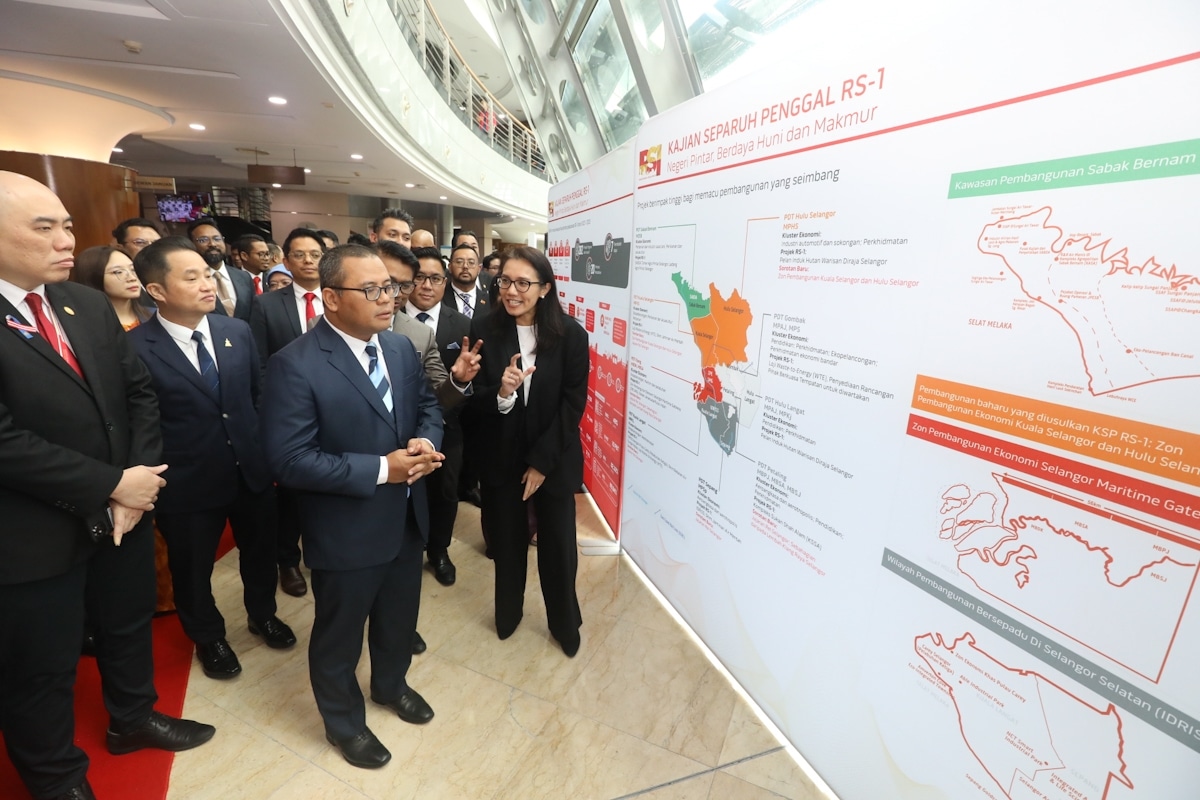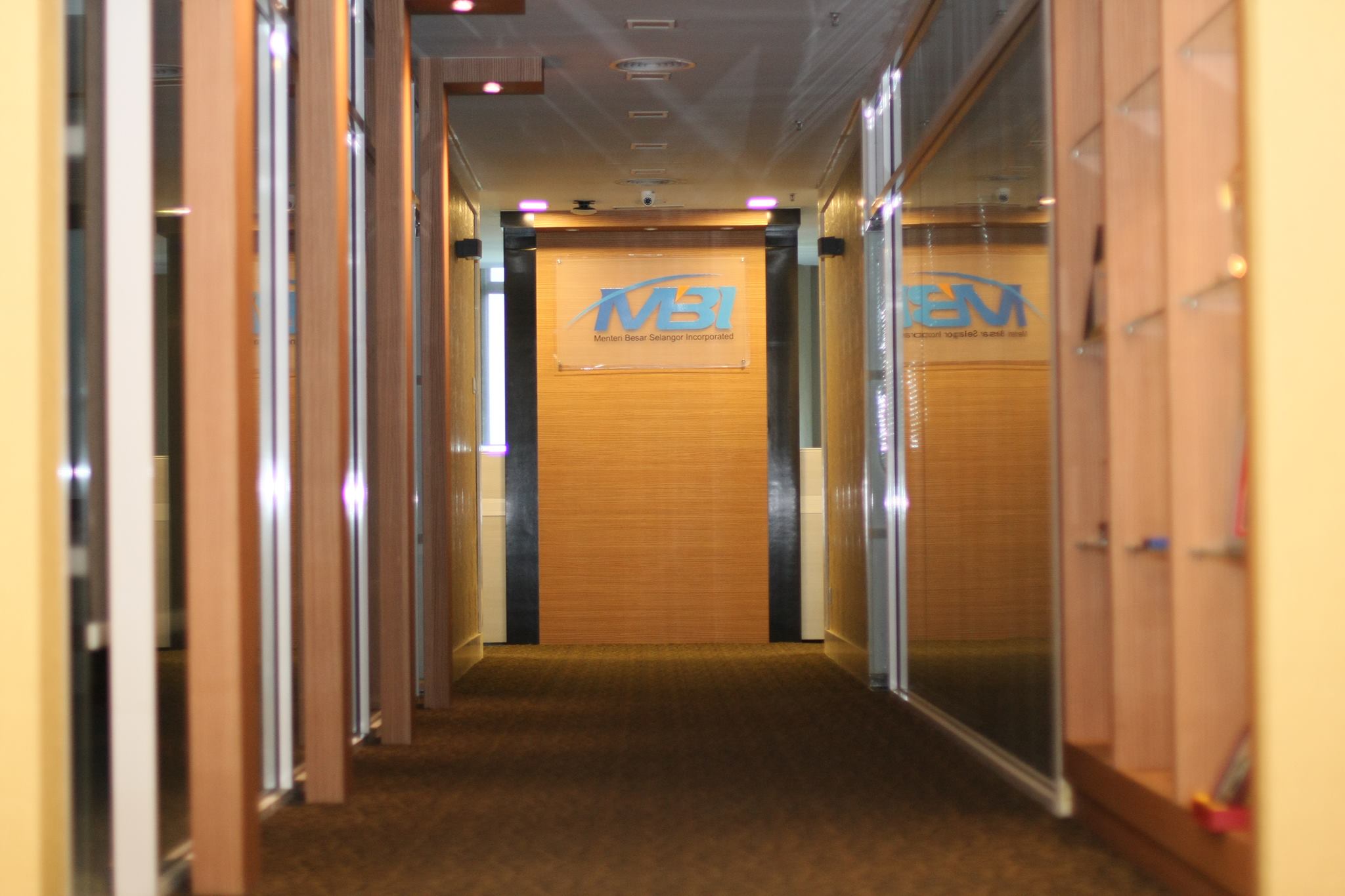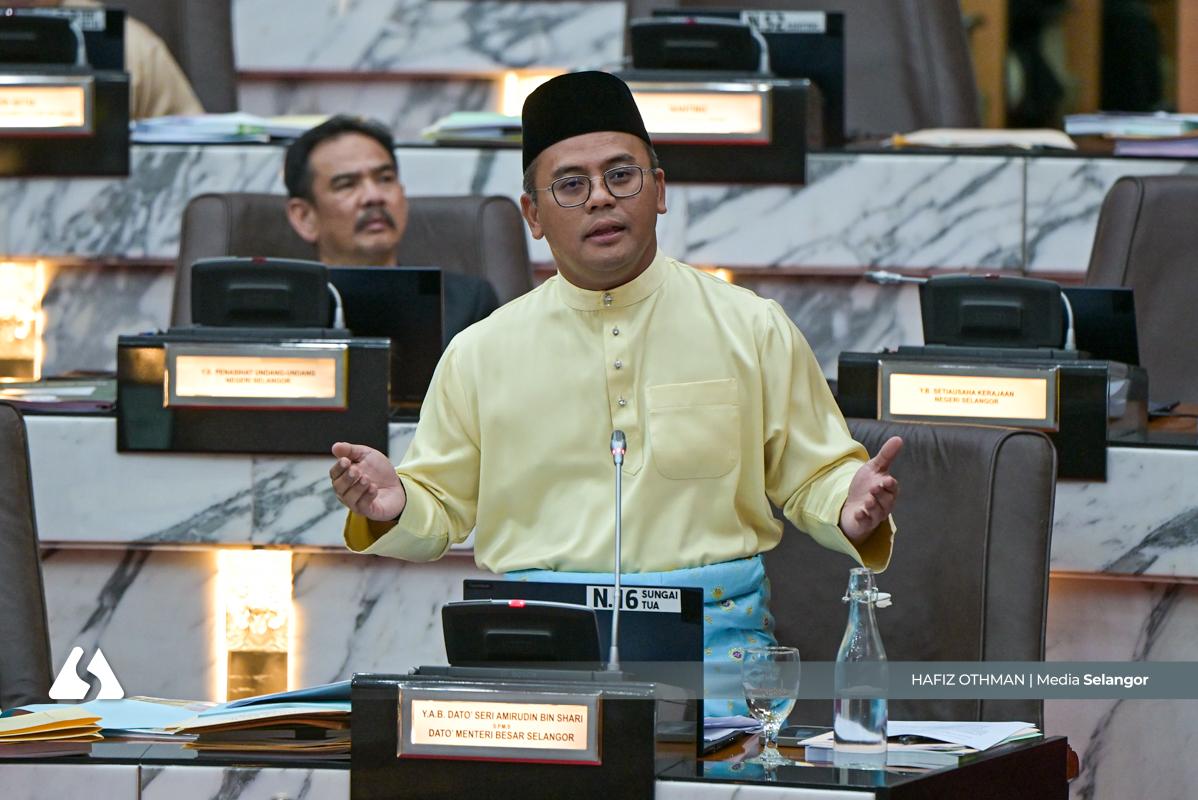SHAH ALAM, Nov 21 — Selangor plans to develop Menteri Besar Selangor (Incorporated), or MBI, into a state government-linked investment company (GLIC).
Menteri Besar Dato’ Seri Amirudin Shari said the move is timely, as apart from MBI, Selangor currently has two other major parent entities, namely Selangor State Development Corporation (PKNS) and Selangor Agricultural Development Corporation (PKPS).
He said that with improved structuring, MBI has the capacity to operate as a strong and influential GLIC capable of attracting talent and delivering strategic returns, some of which have already been demonstrated through Kumpulan Perangsang Selangor Bhd (KPS Bhd).
There is a need to strengthen its investment arm, as it has missed opportunities in high-growth startups despite the state having previously identified them.
“This is what we need to expand and expedite, focusing on projects we intend to pursue,” Amirudin said in his winding-up speech during the State Legislative Assembly session today.
Several legacy issues had previously hindered MBI’s performance, especially decisions made six to eight years ago that allowed certain debt recovery agreements (DRA) to operate like standalone companies.
He said these arrangements had contributed to problems such as delayed dividend payments from Kumpulan Perangsang Selangor Bhd due to structural disputes, which have since been resolved.
MBI also previously faced a sizeable tax burden arising from water restructuring transactions, with business activities carried out directly by MBI rather than through its subsidiaries.
“We are addressing these issues, and these activities are now being properly organised under the right entities,” Amirudin said.

Economy surge, poverty falls under RS-1
He added that Selangor’s economy has increased by RM88.1 billion since the First Selangor Plan was introduced in 2022, with RM344 billion recorded in its first year.
Citing data from the Malaysian Statistics Department (DOSM), Amirudin said RS-1 has also helped reduce relative poverty from 14 per cent to eight per cent.
“Unlike RS-1, which focused mainly on the economy, RS-2 (Second Selangor Plan) will adopt a mission-based approach to improve mobility between districts and reduce development gaps across the state,” Amirudin said, noting that the new focus areas, such as an automotive and rail hub in northern Selangor, have been introduced to sustain development.
“As of September 2025, we have achieved 64.47 per cent completion for major RS-1 projects. I believe we can raise this further as ongoing initiatives, including the third port, the Shah Alam Sports Complex (KSSA) development, and agro-tourism projects, continue to progress,” he said.
RS-2 is nearly finalised and may be tabled either early or mid-2026, or during a special session before or after Ramadan, and will review RS-1’s achievements and gaps.
Amirudin said RS-2 will be more complex as it includes private-sector projects alongside state and GLC initiatives.
Income levels rise as wage floors lift
The Menteri Besar noted that income levels have risen with economic growth, with the minimum wage increasing from RM1,500 to RM1,700.
“This represents a more than 10 per cent increase from the previous minimum wage,” he said, adding that the increase could theoretically offset around 10 per cent of inflation.
However, supply chain factors sometimes push retail prices higher due to middlemen and market forces.
“Even so, a 10 to 11 per cent increase in minimum wage is very reasonable and can help absorb inflationary pressures,” Amirudin said.





